Blackwood
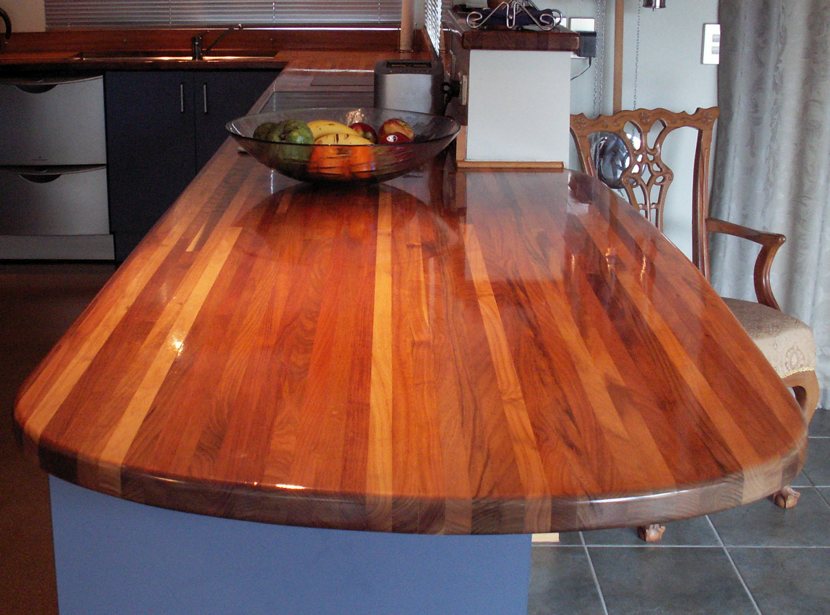
Product qualities
Blackwood (Acacia melanoxylon) is recognised as one of the worlds premier decorative hardwood timbers. The timber is a rich golden brown colour often with contrasting dark or reddish brown streaks along with a lustre and depth prized for fine furniture. The sapwood is pale cream.
Uses and applications
Furniture and joinery.
Physical and mechanical properties
Nailing: Must be pre-drilled before nailing.
Planing: Straight grained lengths will give an excellent finish with a 30° cutting angle and low to moderate feed speed, although there is a tendency to chip out, especially if cutters are not sharp; tungsten cutters are recommended. Material containing cross-grain incurs severe picking-out and fuzzy grain. For this type of material, the cutting angle should be reduced and lengths individually handmachined.
| Properties | Blackwood |
|---|---|
| Density (12% mc) | 465 -670 kg/m3 |
| Tangential shrinkage (green to 12% moisture content) | 3.6% |
| Radial shrinkage (green to 12% moisture content) | 1.8% |
| Hardness*The hardness rating of a timber species is measured by the Janka Test. This is a standard test which measures the penetration into the timber of a common load and projectile. The results relate to a hardness capacity of the material and are expressed in kN. Typical 35 year old radiata pine has hardness of 4.2 kN. (dry) | 5.9 kN |
Sanding: Sanding occasionally produces a stringy surface. Care must be taken to avoid overheating. Sand paper (i.e. 80 grit) is recommended for initial crosssanding and finishing with a 100/120 grit paper (note dust can cause an allergy).
Sawing: Hardness can cause burning so tungstencarbide- tipped saws are an advantage.
Screwing: No problems.
Shaping and routing: Can burn when using high speed machinery.
Chiselling: Good.
Spindle moulding: Good, although burning can occur.
Turning: an excellent turnery timber; turns well at high speed, but with some chipping; cutters must be sharp.
Gluing: Care should be taken to ensure that wood is at the moisture content appropriate for the end-use and that the surfaces to be glued are freshly machined and dust free. It is not advisable to glue boards over 150 mm wide. A wide variety of glues can be used, but note that casein glues will discolour the wood at the glue line.
Steam bending: Blackwood has an excellent reputation for steam bending.
Availability
Usually available in the marketplace
Natural durability
The heartwood of blackwood is moderately durable (5 to 15 years in ground contact) but the sapwood is perishable. Sapwood is susceptible to lyctus borer (powderpost beetle) and may require boron treatment for internal use.
Blackwood showcase

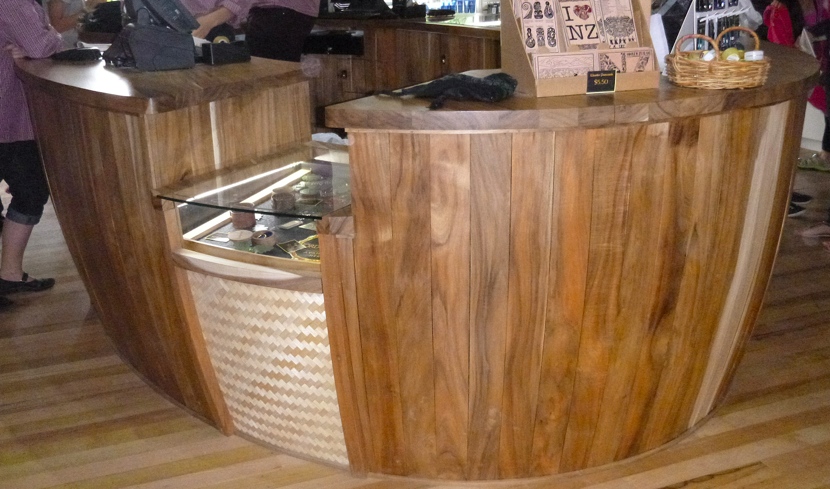
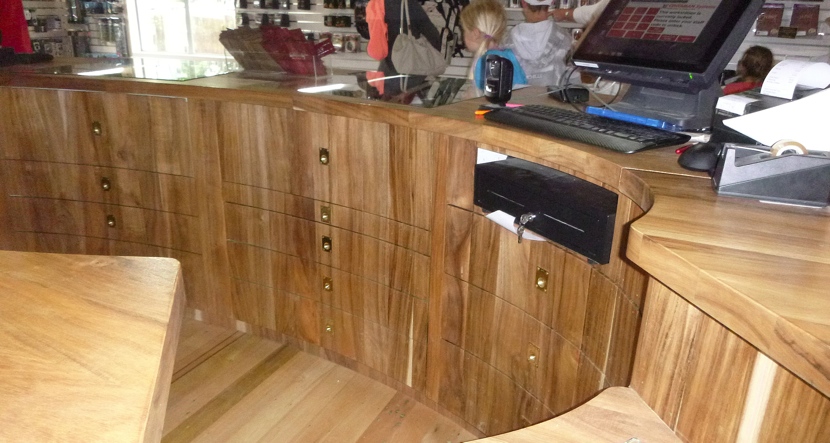
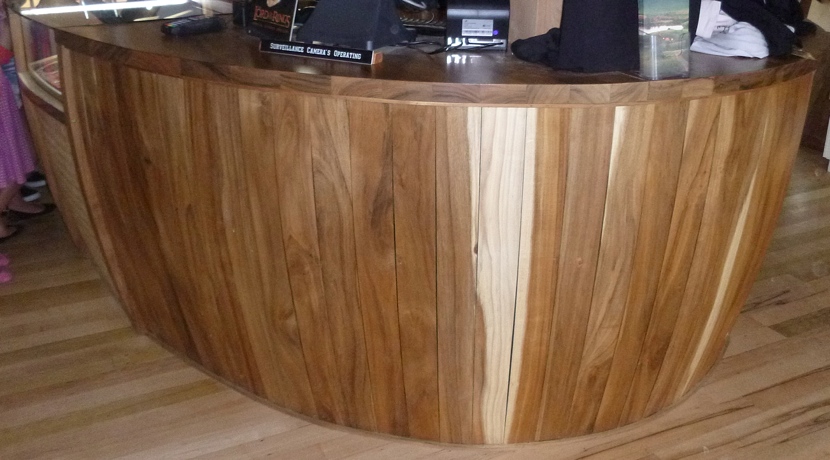
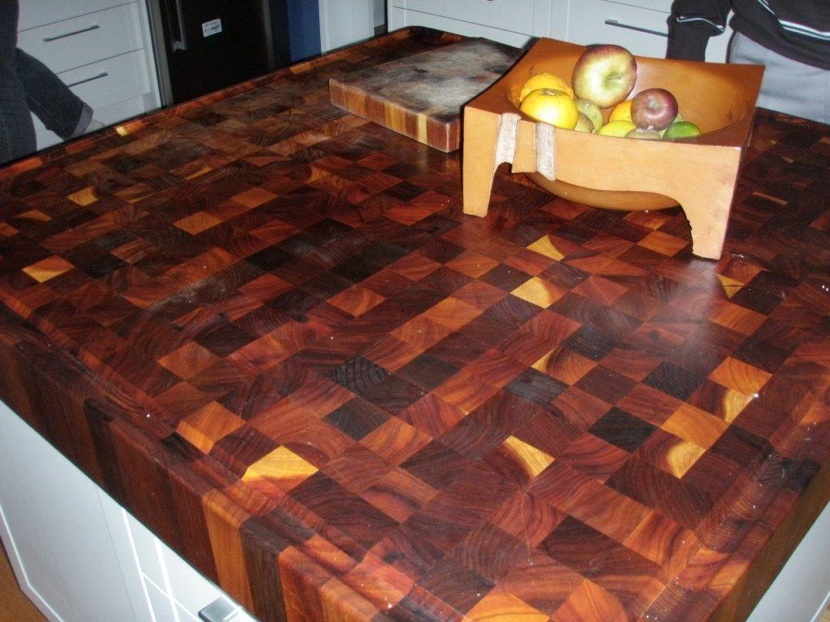
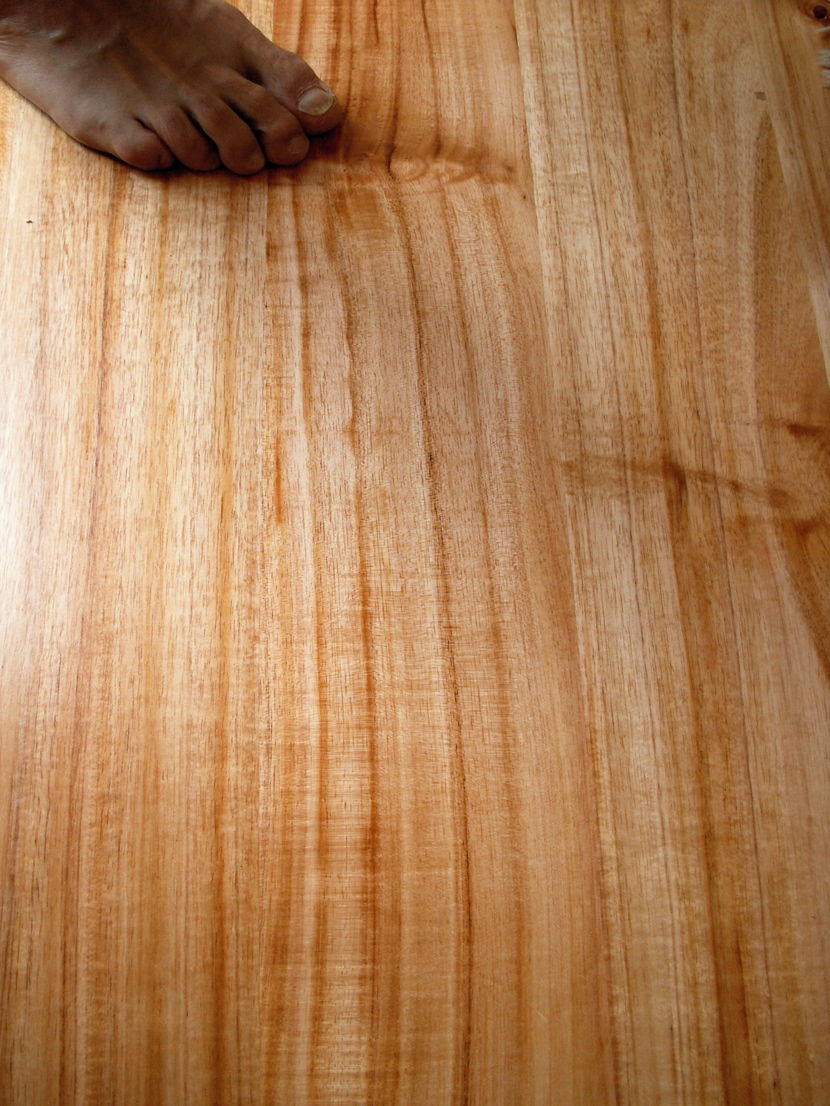
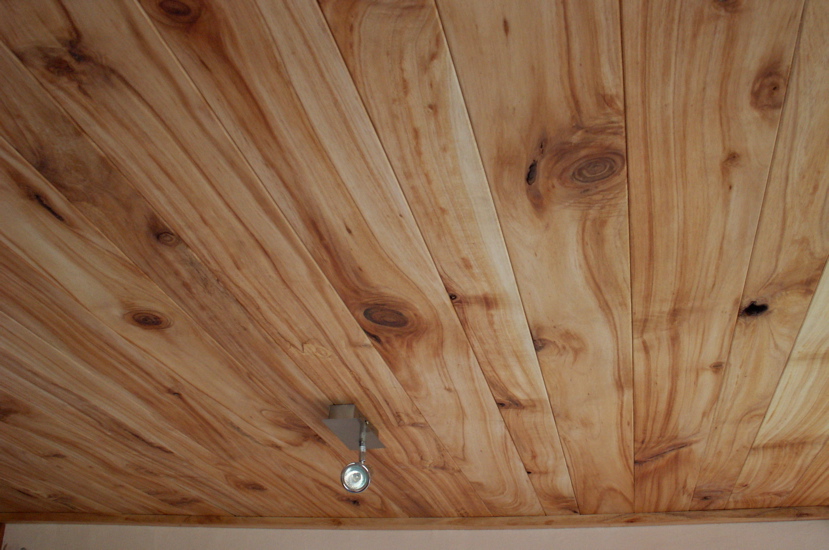
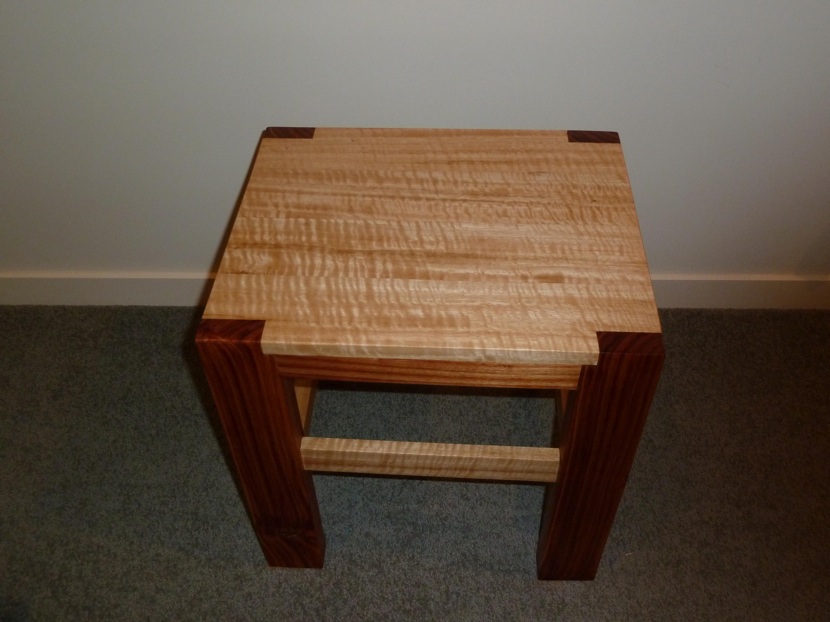
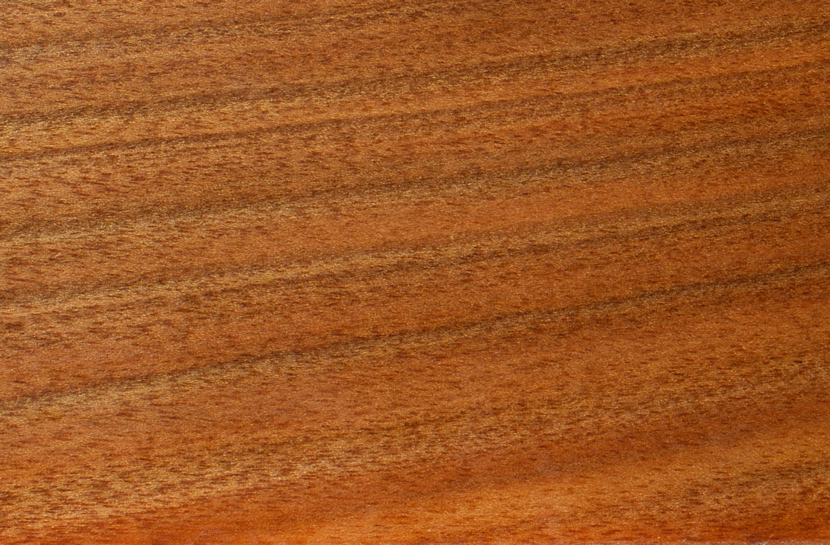
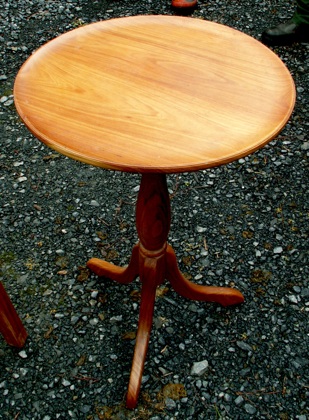
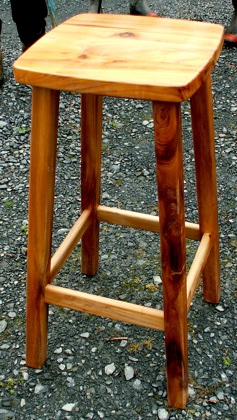
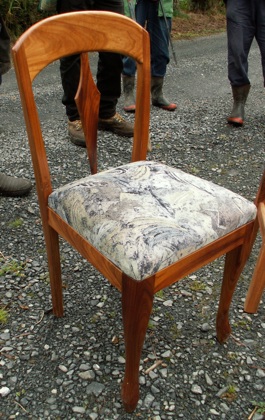
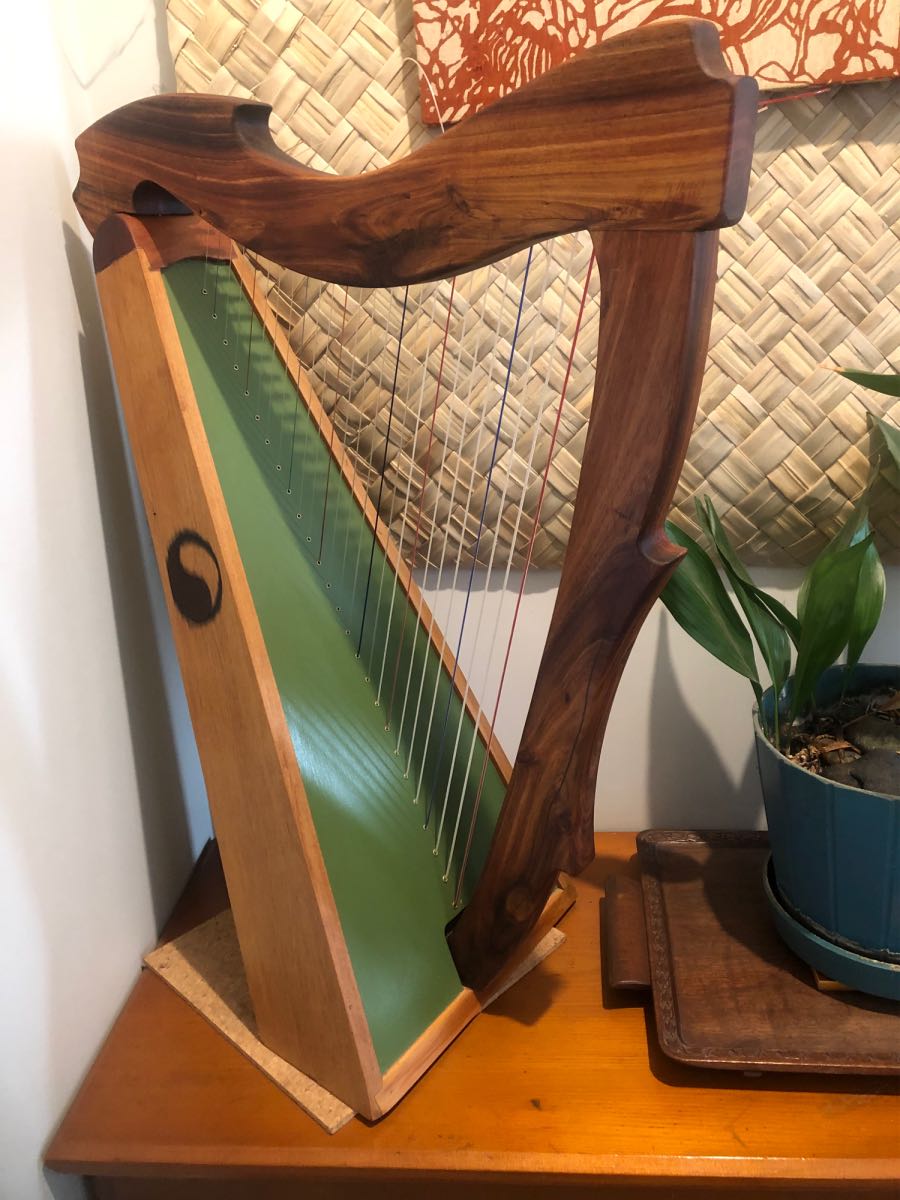
.jpeg)
Disclaimer: While every effort is made to ensure the accuracy of the information provided on this site, Farm Forestry Timbers Society do not accept liability for any consequences arising from reliance on the information published. If readers have any doubts about acting on any articles they should seek confirming, professional advice.
 Farm Forestry New Zealand
Farm Forestry New Zealand Farm Forestry Timbers - Headlines
Farm Forestry Timbers - Headlines